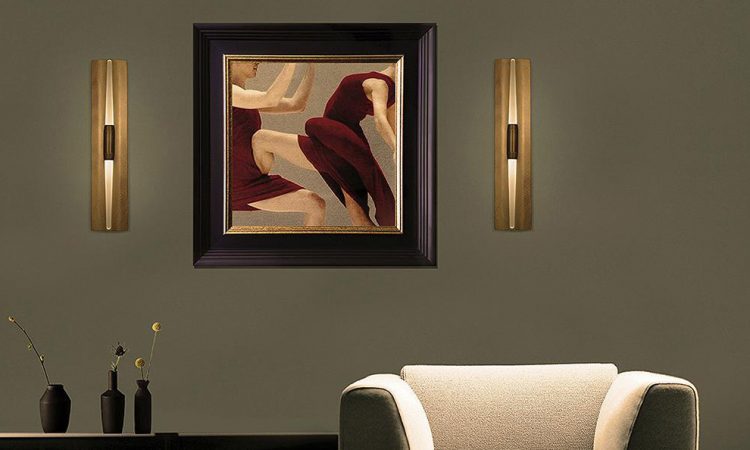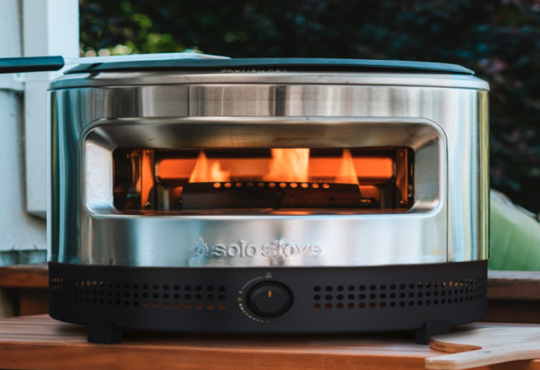
Whether you’re new to the lighting game or a long-time fixture, this buying guide is for you. It covers everything you need to know about Led Indoor Wall Light so you can make an informed decision that meets your design goals.
Wall lights are a great way to add ambiance and functional task lighting to your home. They are available in many different shapes, styles, and sizes.
One of the most important aspects of choosing an LED indoor wall light is the color temperature. It is a defining factor in how well the lighting will perform and how it will look to you.
Made of Black Metal Filament
As we know, light bulbs are made of a black metal filament that glows at certain temperatures (measure in Kelvin). Warmer colors correspond to lower CCT values and bluefish or cooler lights are associate with higher CCTs.
Usually, people choose the warmer colors for their homes as they tend to be more comforting and have a more pleasant appearance. This is why you find that most fixtures are in the 2700K to 3500K range.
Brightness of Daylight
Cooler white LEDs are also available, however, they are less commonly used in the home as they tend to make white surfaces appear ‘muddy’ compared to the brightness of daylight. This is why it is often recommended to use them in the kitchen or bathroom. Where there is lots of natural light.
Generally speaking, LED wall pack lights have different wattage options that can suit a wide range of applications and illumination requirements. This is due to the vast variance in wattage-to-lumen ratios that are produced by various LED lighting technologies for more info visit our Dazuma Promotional Code site.
Comparing LED to Traditional Lighting
This is especially true when comparing LED to traditional lighting alternatives like incandescent and compact fluorescent (CFL) bulbs. Typically, LEDs are capable of providing significantly higher light output and efficiency than traditional bulbs.
In addition to wattage, buyers should also consider their desired brightness when making a decision. For example, a 60-watt incandescent bulb gives approximately 800 lumens, while a 50-watt CFL gives 2600 to 2800 lumens.
High-Temperature Models
Another important consideration is color temperature, which can affect how the light looks. Compared to traditional incandescent and CFL lamps, LEDs have lower temperatures that create a soft glow, while high-temperature models produce crisp whites.
Whether used to subtly contribute to the visual environment or stand out as a dramatic focal point, LED wall lights should be styled carefully to play their role in the design scheme. The technology that powers them gives designers unprecedented freedom to infuse art and light without compromising performance or features.
Task-Oriented Applications
From atmospheric sconces to pinpoint, adjustable task lights, wall lighting is a popular choice among homeowners and architects. Many fixtures feature dimmable LED technologies to accentuate their effect. A good rule of thumb is to choose fixtures with a CRI (color rendering index) of at least 80 for ambient lighting, and 90 or higher for task-oriented applications such as reading lights.
Most Led Indoor Wall Light fixtures carry a limited manufacturer’s warranty. This typically covers the product based on a 50,000-hour rated life span.
Read More:> Dazuma Review – How to Shop for a Ceiling Fan
If a fixture is found to be defective during this time period, the manufacturer will provide replacement parts for the product. The buyer is responsible for freight costs to return the failed part.
Final Words:
This warranty applies to the products when used as intended and in accordance with the manufacturer’s specifications and recommendations. If the product is not in compliance with the manufacturer’s specifications or recommendations, then the warranty is null and void.
This warranty is not applicable to defects resulting from improper installation, misuse, neglect or abuse. Damage to the product arising from use outside the Product’s usage and storage parameters, and/or the use of incorrect bulb wattage are not cover by this warranty.








